19 Stunning Summer Perennials That Will Bloom Year After Year
Summer perennials are a gardener’s best friend, offering vibrant colors and beautiful blooms that return year after year. These plants not only add lasting beauty to your garden, but they also require less maintenance once established, making them perfect for busy gardeners. From fragrant flowers to stunning foliage, summer perennials provide a variety of textures and colors throughout the growing season. They attract pollinators like bees and butterflies, helping to support a healthy garden ecosystem. Whether you have a small patio garden or a large backyard, there are plenty of options to suit any space. By choosing the right perennials, you can enjoy a garden full of beauty every summer without the need for constant replanting. Here are some of the most beautiful summer perennials that will thrive and come back year after year.
This post may contain affiliate links, which helps keep this content free. Please read our disclosure for more info.
Daylilies

Daylilies are known for their vibrant colors and easy care. They are incredibly versatile and thrive in various soil types and climates, making them an excellent choice for any garden. With hundreds of varieties to choose from, you can find blooms in almost any color imaginable, from soft pastels to bold hues. Their long-lasting flowers appear in early summer and last well into the season.
These plants are perfect for gardeners looking for low-maintenance options. They are tolerant of a wide range of conditions, including drought, and they do not require much attention once established. Daylilies also attract pollinators like bees and butterflies, making them a wonderful addition to any garden.
Peonies

Peonies are classic summer perennials that bring a sense of elegance to the garden with their large, fragrant blooms. Available in a range of colors, including soft pinks, whites, and deep reds, peonies bloom in late spring to early summer, providing a burst of color when many other plants are still getting established. These flowers are often used in floral arrangements because of their size and fragrance.
Peonies are hardy plants that come back year after year, growing bigger and stronger with each passing season. While they may require some patience to establish, they reward gardeners with years of stunning blooms. They thrive in well-drained, fertile soil and benefit from some winter mulching to protect their roots from extreme cold.
Lavender

Lavender is a fragrant and beautiful perennial that adds both color and scent to summer gardens. Known for its purple or blue spikes of flowers, lavender blooms in mid-summer and attracts pollinators like bees and butterflies. The plant is also an excellent choice for culinary and medicinal uses, with its calming scent often used in aromatherapy.
This drought-tolerant plant thrives in well-drained, slightly alkaline soil and requires full sunlight to perform at its best. Lavender is a low-maintenance plant, and once established, it can withstand periods of dry weather. Pruning it regularly can help maintain its shape and promote new growth for the next season.
Russian Sage

Russian Sage is a drought-tolerant perennial that thrives in full sun and provides a soft, silvery-blue contrast to other summer blooms. Known for its tall, spiky flowers and aromatic foliage, this plant adds both texture and color to any garden. Russian Sage blooms from mid-summer to early fall, creating a soothing, lavender-like effect in the landscape.
This plant is extremely low-maintenance, making it an excellent option for gardeners who want beauty without the hassle. It is also resistant to pests and diseases, allowing it to thrive in a variety of conditions. Russian Sage is perfect for garden borders, where its tall, airy form can add height and structure to your planting design.
Hosta
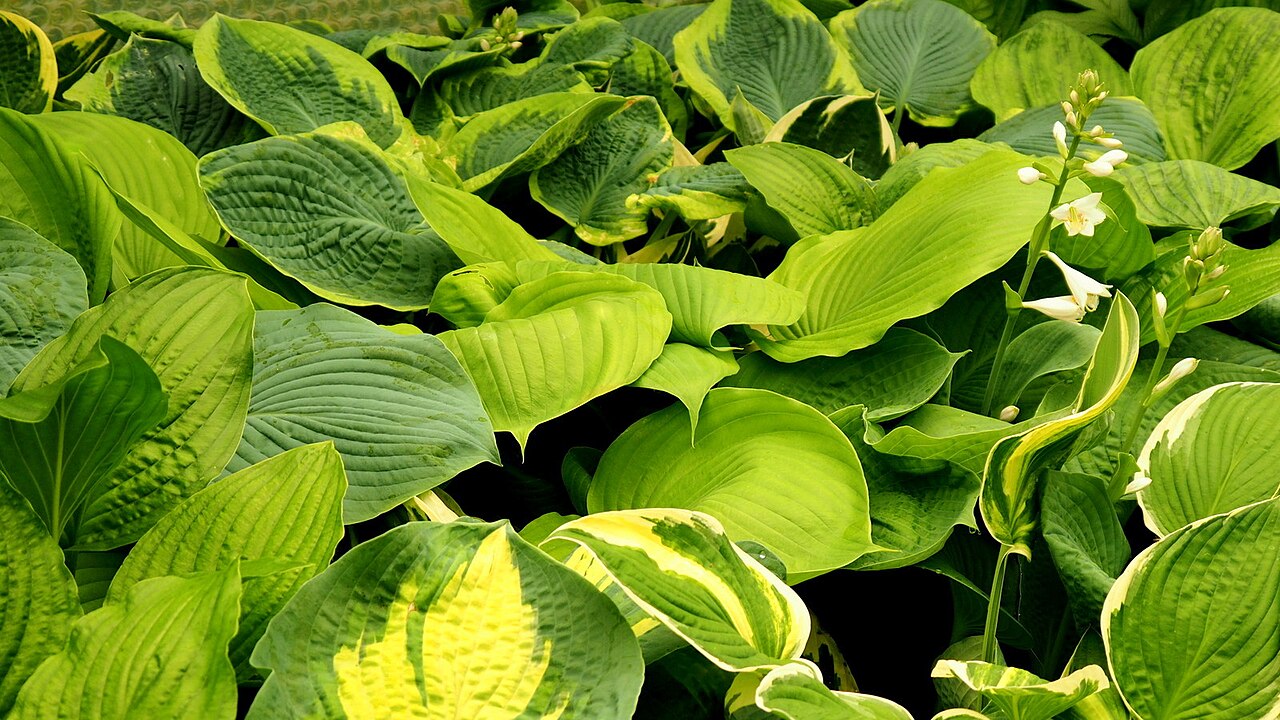
Hostas are the perfect perennial for shady gardens, offering lush, green foliage and delicate flowers. These plants are known for their wide variety of leaf colors and textures, ranging from deep green to variegated shades of white and yellow. While their flowers are typically small and less showy than other perennials, their foliage more than makes up for it, providing year-round beauty.
Hostas thrive in moist, well-drained soil and are relatively easy to care for. They are perfect for filling in shady spots or adding texture to garden beds. Hostas will come back year after year, growing larger with each season, and their unique leaf patterns offer plenty of visual interest.
Astilbe
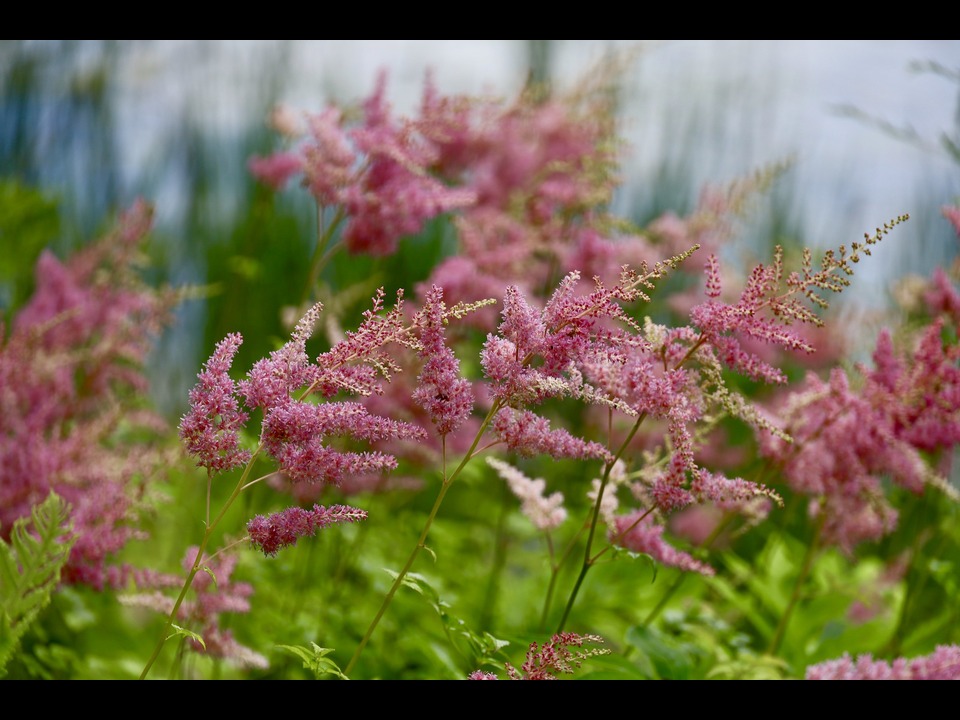
Astilbe is a perennial known for its feathery, plume-like flowers that come in shades of pink, white, red, and purple. These plants bloom in mid to late summer, adding a soft, airy texture to garden beds. Astilbe thrives in moist, well-drained soil and partial to full shade, making it an excellent choice for shady gardens or woodland areas.
Astilbes are relatively low-maintenance and can withstand a variety of soil conditions, as long as they are kept moist. They are perfect for creating a romantic, cottage-style garden, with their delicate blooms and elegant foliage. With regular care, they will continue to return year after year, offering beauty and charm to any landscape.
Japanese Iris

Japanese Irises are elegant plants with large, intricate blooms that come in shades of purple, blue, and white. These perennials bloom in early to mid-summer and are known for their stunning, delicate flowers. The flowers appear in clusters and are perfect for adding drama and beauty to any garden setting.
Japanese Irises thrive in moist, well-drained soil and benefit from being planted near water features, such as ponds or streams. They are easy to care for, though they will require regular watering to maintain healthy blooms. Once established, they return year after year, offering consistent color and elegance to any landscape.
Bleeding Hearts

Bleeding Hearts are unique, heart-shaped flowers that bloom in late spring to early summer. Their delicate, pink or white blooms dangle from arching stems, creating a beautiful and romantic look in the garden. Bleeding Hearts thrive in shaded areas, making them ideal for woodland or shaded garden beds.
These plants prefer moist, well-drained soil and are relatively low-maintenance once established. Bleeding Hearts are great for adding charm and beauty to shaded spots, and their distinctive blooms make them a focal point in any garden. They come back year after year, continuing to offer their beauty to gardeners.
Sedum
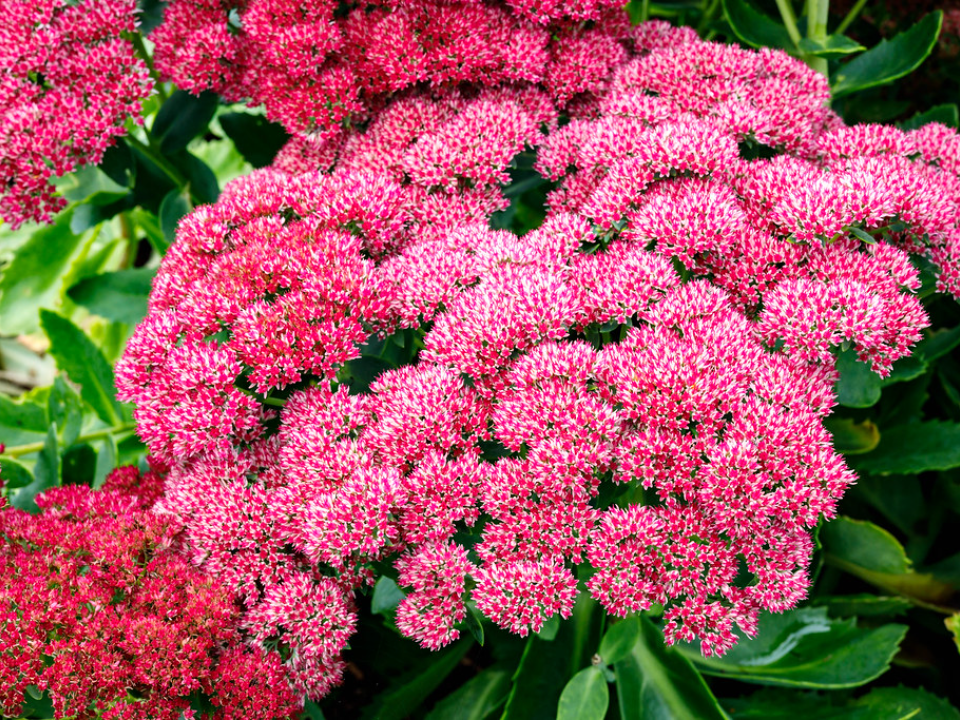
Sedum, also known as “autumn joy,” is a hardy, drought-tolerant perennial that thrives in full sun. Known for its fleshy leaves and clusters of star-like flowers, sedum blooms in late summer to early fall, creating a beautiful display of pink, red, or bronze flowers. This plant attracts pollinators like bees and butterflies, adding extra life to the garden.
Sedum is a low-maintenance plant that requires very little attention once established. It is perfect for dry, rocky areas and makes an excellent ground cover. Sedum will continue to come back year after year, offering beauty and texture to your garden even as the weather cools.
Catmint
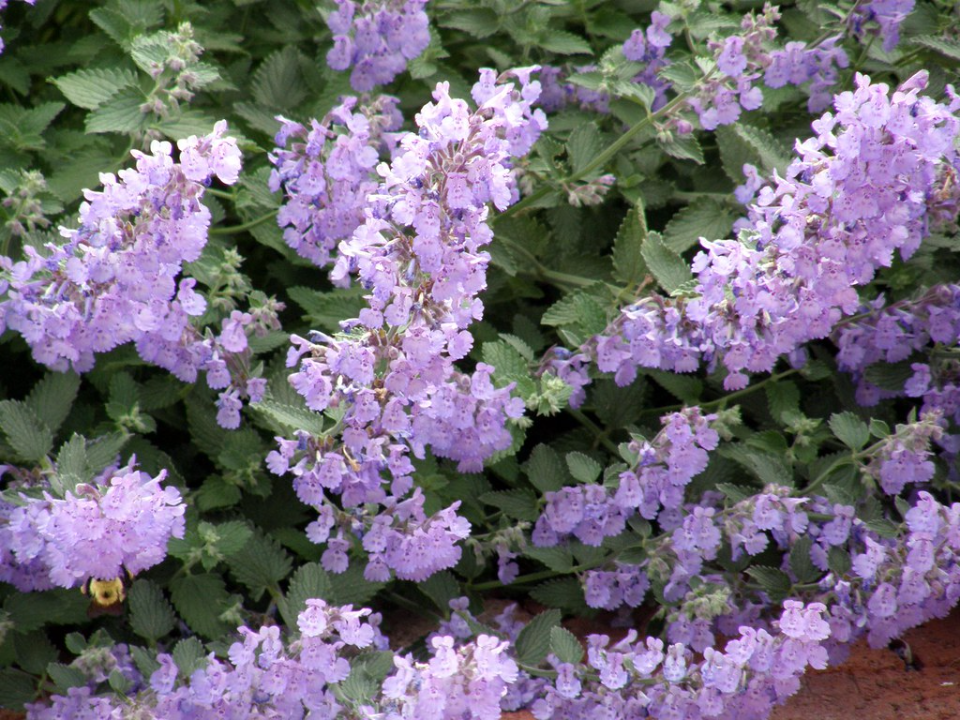
Catmint is a fragrant perennial that attracts pollinators and adds color to the summer garden. With its soft, lavender-blue flowers and aromatic foliage, it creates a calming atmosphere wherever it is planted. Catmint blooms from late spring to early fall, offering months of color and fragrance.
This plant is highly drought-tolerant and thrives in well-drained soil and full sun. It is easy to care for and can withstand neglect, making it a great choice for low-maintenance gardens. Catmint returns each year, growing more vigorous and bushier with time.
Lamb’s Ear

Lamb’s Ear is a soft, silvery perennial known for its fuzzy leaves, which resemble the texture of lamb’s wool. This plant adds a unique texture to any garden, making it an excellent choice for borders or as ground cover. It blooms in mid-summer, with small, purple flowers that are both attractive and low-maintenance.
Lamb’s Ear thrives in well-drained soil and prefers full sun. It is highly drought-tolerant and requires little attention once established. Its soft foliage and understated blooms make it a beautiful and durable addition to any garden.
Verbena

Verbena is a colorful and long-blooming perennial that provides vibrant flowers in shades of purple, pink, red, and white. Known for its ability to attract butterflies and bees, verbena is perfect for adding life and color to garden beds or hanging baskets. It blooms continuously throughout the summer and into the fall.
This plant prefers well-drained soil and full sun to perform its best. Verbena is a low-maintenance plant that thrives in hot and dry conditions, making it ideal for summer gardens. Once established, it will return year after year, providing a reliable source of color and beauty.
Salvia
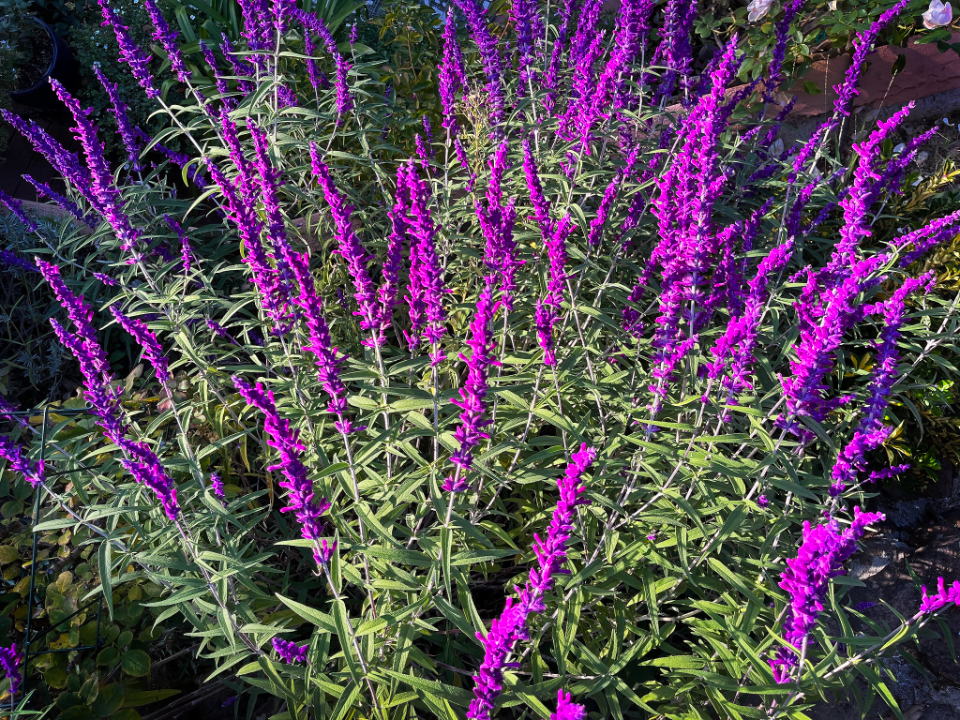
Salvia is a perennial that offers stunning blue, purple, or red flowers in spikes. These blooms appear from late spring to early summer, and the plant thrives in full sun and well-drained soil. Salvia is a favorite of both gardeners and pollinators, as its flowers attract bees and hummingbirds.
Salvia is a low-maintenance plant that is drought-tolerant once established. It is perfect for adding vertical interest to garden beds or for planting along walkways. Salvia’s vibrant blooms and easy care make it a perfect addition to any garden, returning year after year.
Lily of the Valley
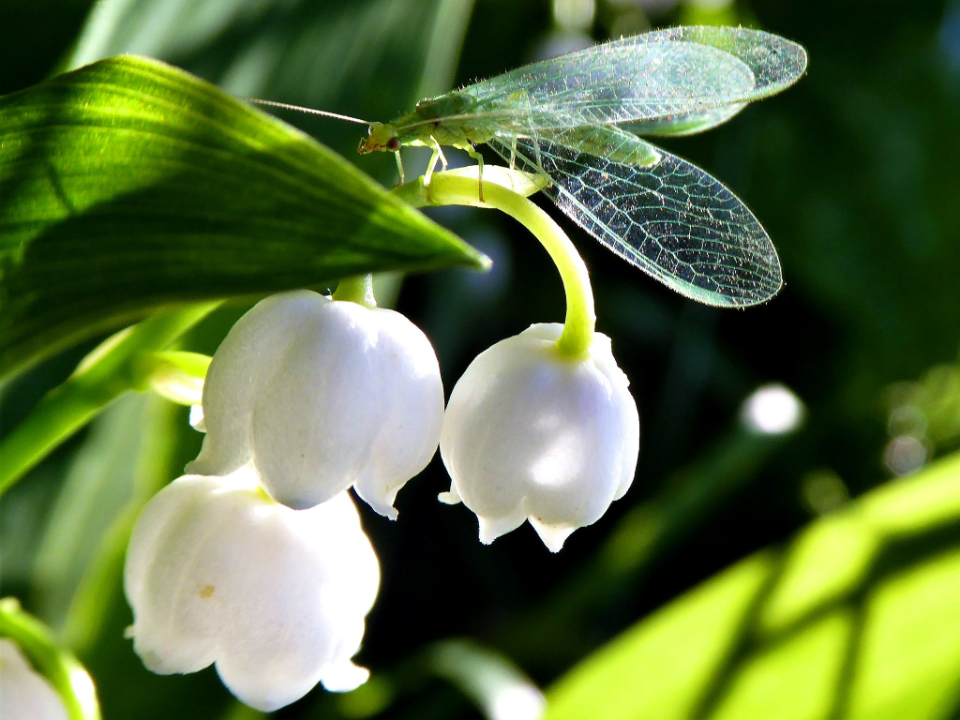
Lily of the Valley is a fragrant, woodland perennial that produces small, white, bell-shaped flowers in early to mid-spring. These flowers are known for their sweet scent and delicate beauty, making them a favorite for shady garden areas. They are perfect for filling in the undergrowth of a woodland garden or as a ground cover in a shaded spot.
This plant thrives in moist, well-drained soil and is best suited for shaded areas. Lily of the Valley spreads quickly, providing beautiful ground cover and returning every year. Its fragrance and beauty make it a classic choice for any garden.
Coral Bells
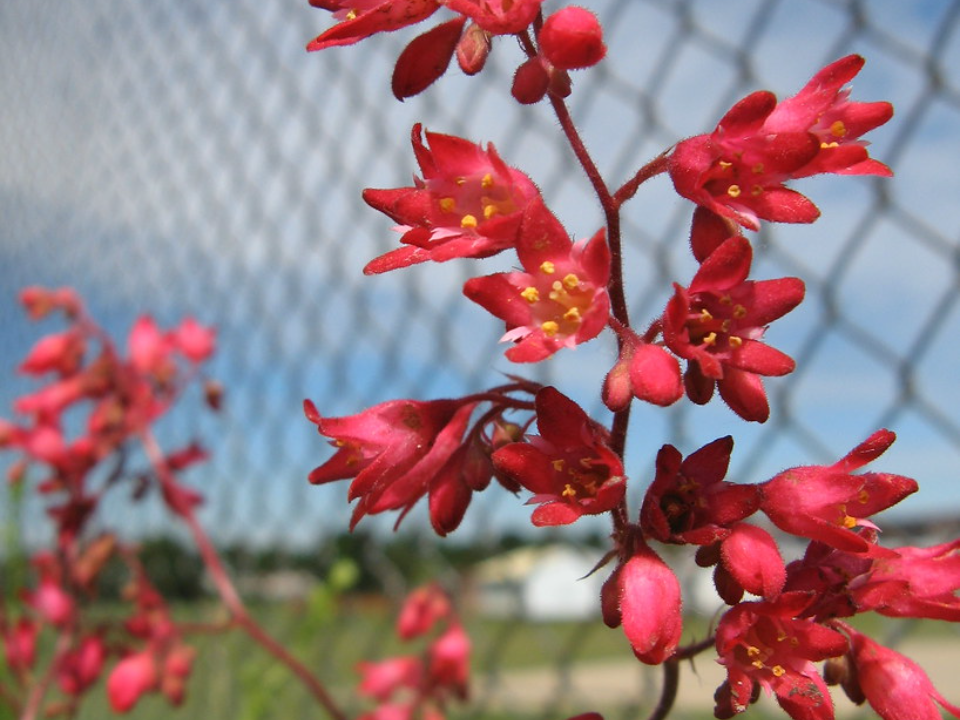
Coral Bells are popular for their colorful, evergreen foliage, which ranges from deep red to purple and silver. These plants also produce delicate, bell-shaped flowers on tall stems in late spring and early summer. Coral Bells add texture and color to shaded or partly sunny spots in the garden.
These perennials are easy to care for and require little maintenance once established. They thrive in well-drained soil and are resistant to pests. Coral Bells will return year after year, with their vibrant foliage providing color even when not in bloom.
Gaillardia

Gaillardia, or blanket flower, is a hardy perennial that blooms profusely throughout the summer. Its bright red and yellow petals make it a standout in any garden. Gaillardia thrives in full sun and well-drained soil, making it a perfect choice for sunny garden beds or border plantings.
Once established, Gaillardia is drought-tolerant and easy to care for. It is perfect for attracting pollinators like bees and butterflies. Gaillardia will continue to bloom year after year, adding consistent color to your garden.
Coneflower
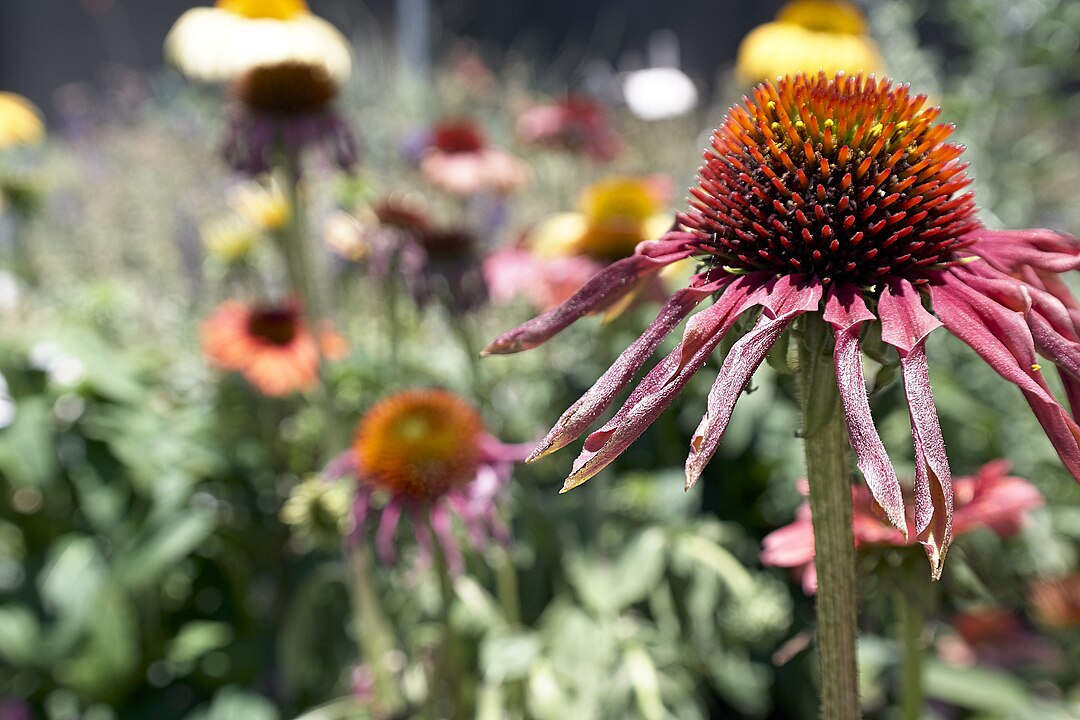
Coneflowers are hardy summer perennials that are easy to grow and perfect for adding a pop of color to your garden. With their daisy-like appearance and vibrant purple or pink petals, coneflowers attract pollinators and make a great focal point in any garden bed. They bloom from midsummer to early fall, offering lasting color even as the season starts to wind down.
These plants are highly drought-tolerant and can thrive in poor soil conditions, making them an ideal choice for low-maintenance gardens. Coneflowers are also known for their medicinal properties, often used to boost the immune system. They will continue to bloom for several years, providing consistent beauty year after year.
Black-eyed Susan
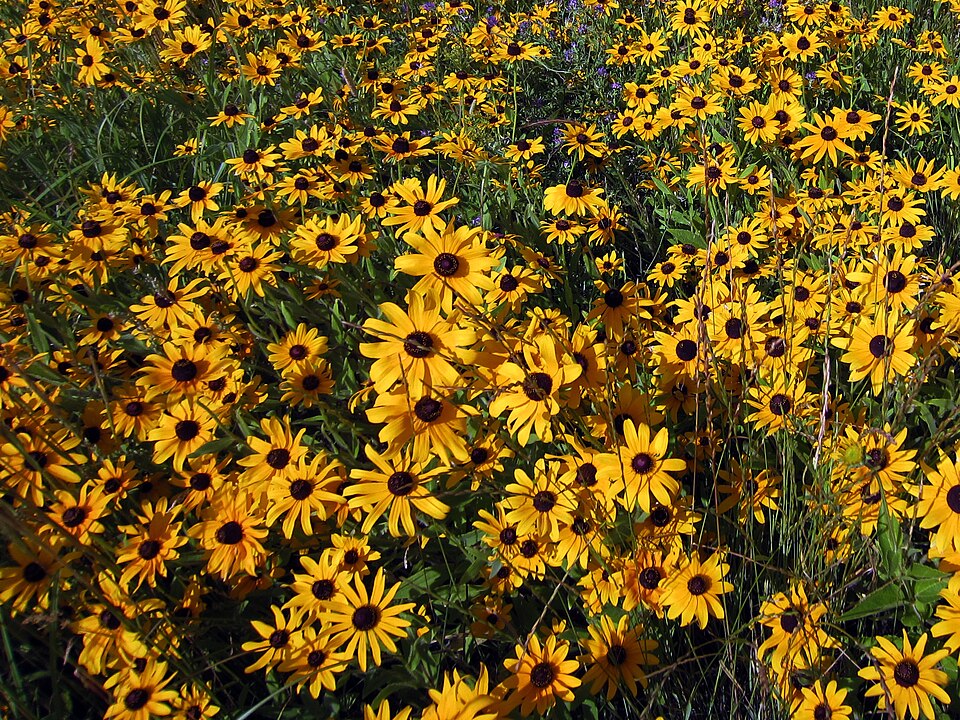
Black-eyed Susans are another stunning summer perennial that thrives in full sun and well-drained soil. These bright yellow flowers with dark centers bloom throughout the summer and are a favorite of both gardeners and pollinators. They pair well with other colorful plants, adding cheerful color to any landscape.
Once established, black-eyed Susans are drought-tolerant and require very little maintenance. They can spread quickly, so it is a good idea to keep them in check by deadheading spent blooms. These resilient plants can live for several years, and their cheerful flowers make them a popular choice for adding color to garden beds or naturalized areas.
Shasta Daisy
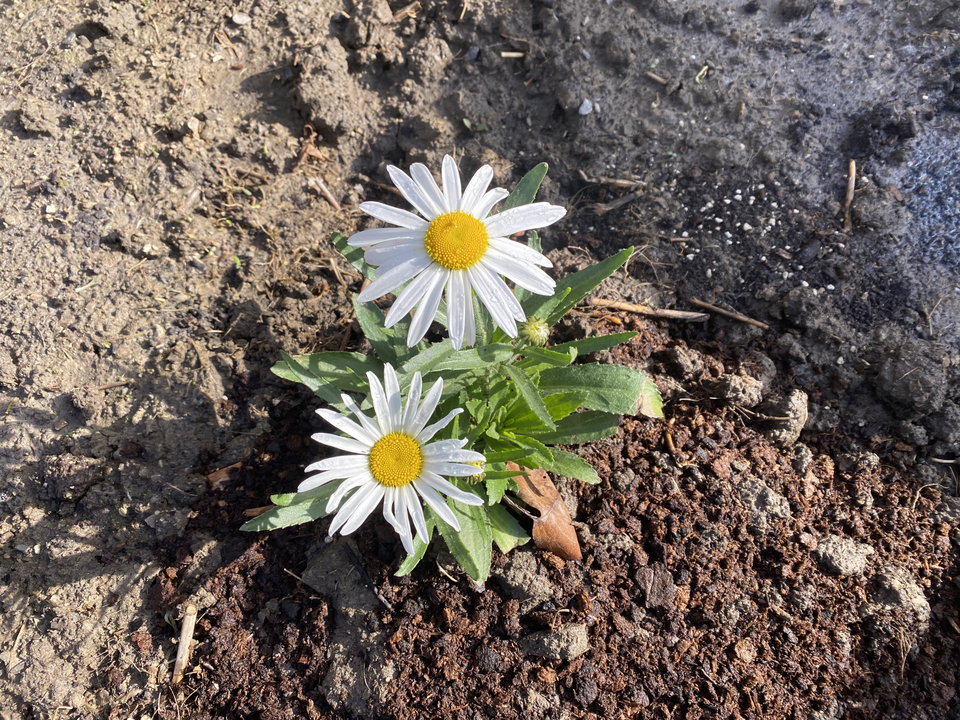
Shasta daisies are iconic summer perennials that provide a crisp, clean look to any garden. With their white petals and yellow centers, they are the epitome of summer. These flowers bloom from early to midsummer and continue to flower for several weeks. They are perfect for cutting and making bouquets, adding a touch of simplicity to any indoor space.
Shasta daisies are easy to care for and grow well in well-drained soil with plenty of sunlight. They are also relatively pest-resistant, making them ideal for low-maintenance gardens. These hardy plants return year after year, creating a steady source of joy in your garden.
This article originally appeared on Avocadu.
